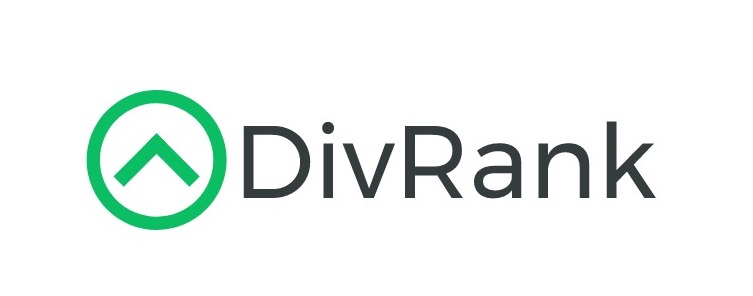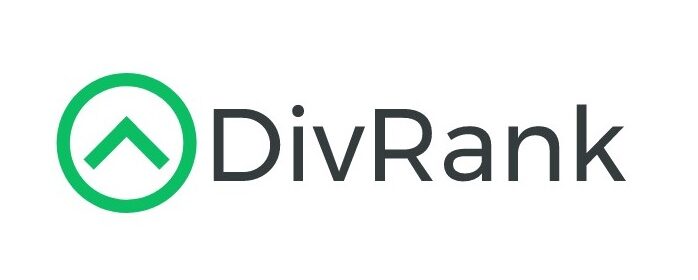Generally, intraday volatility (measured by price movement size, percentage changes, or implied volatility) follows a U-shaped curve across the trading day:
| Hour (Eastern Time) | Market Condition | Typical Volatility Level | Why It Happens |
|---|---|---|---|
| 9:30 AM – 10:30 AM | Market Open | Extremely High | Opening reactions to overnight news, economic releases, earnings |
| 10:30 AM – 12:00 PM | Mid-Morning | Moderately High | Some continuation of early moves, but beginning to settle |
| 12:00 PM – 1:30 PM | Midday (Lunch Hour) | Very Low | Traders step back, volumes and news flow drop sharply |
| 1:30 PM – 2:30 PM | Early Afternoon | Low to Moderate | Some “positioning” ahead of market close decisions |
| 2:30 PM – 3:30 PM | Late Afternoon | Moderate | Volatility and volumes start picking up again |
| 3:30 PM – 4:00 PM | Power Hour (Close) | Very High | End-of-day orders, fund rebalancing, options hedging |
Key Details:
-
Most volatile hour: 9:30–10:30 AM
-
Second most volatile: 3:00–4:00 PM (especially last 15 minutes)
-
Least volatile hours: 12:00–1:30 PM (“Lunch lull”)
-
Magnitude:
-
The first hour often contains about 20%-25% of the day’s entire trading volume.
-
The last hour accounts for roughly another 20%.
-
-
Price swings:
-
Opening hour has the largest average range (high to low movement).
-
Midday sees the flattest price ranges.
-
If you looked at an average S&P 500 (SPY) day:
On a typical trading day, the stock market sees the most action right after the opening bell, with average moves between 0.5% and 1.0% from 9:30 to 10:30 AM. Things tend to settle down by midday, where price changes usually shrink to just 0.1% to 0.2% between 12:00 and 1:00 PM. As the afternoon rolls on, volatility picks back up, and the final hour of trading, from 3:00 to 4:00 PM, often sees moves in the range of 0.5% to 0.8%. Of course, these are just averages — some days can be much more dramatic, especially during big events like Fed announcements or earnings season.
Why It Matters:
Day traders tend to focus on the open and close because that’s when the market usually offers the most movement and opportunity. Meanwhile, algorithms and large institutions are especially active near the close, often rebalancing portfolios and pushing volume higher. Volatility-based strategies, like straddles and strangles, are often built around these hourly patterns, aiming to capture the bigger swings. Since risk is usually highest at the open and close, traders who use tight stop-losses will sometimes avoid the first few minutes of trading altogether unless they see a clear setup.

